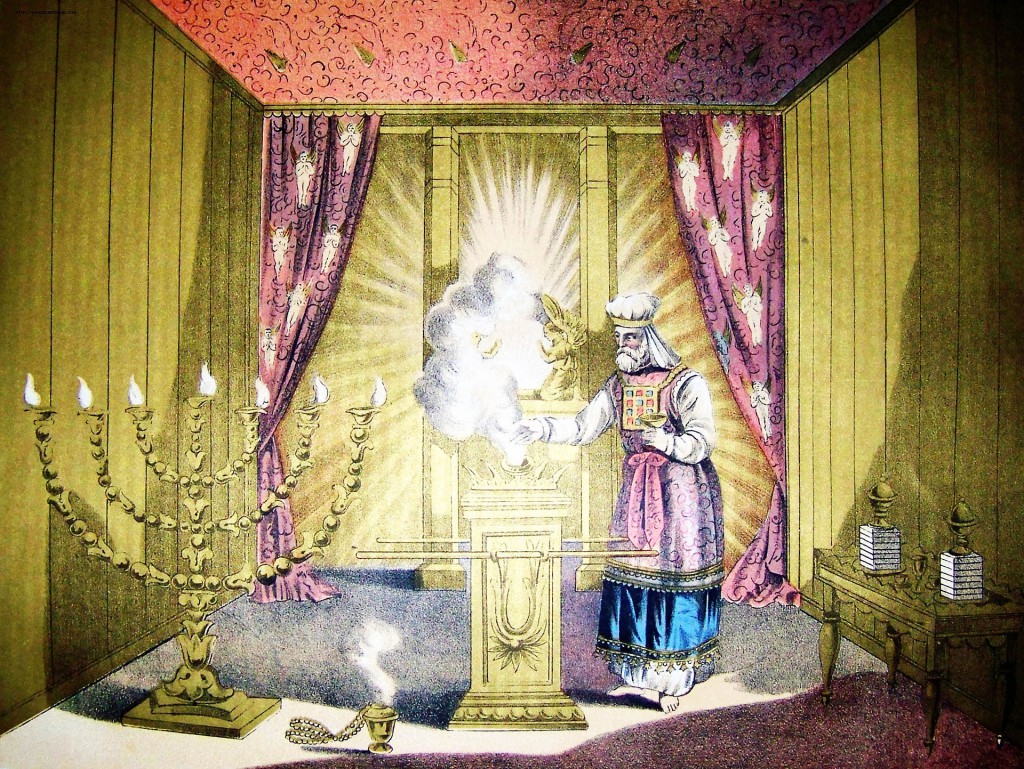 I am going to have to re-read and re-think the Gospel of Mark. I have just read a two-part article in 2007 issues of the Journal for the Study of the Historical Jesus, “Jesus as the High Priestly Messiah”, Parts 1 and 2, by Crispin H.T. Fletcher-Louis.
I am going to have to re-read and re-think the Gospel of Mark. I have just read a two-part article in 2007 issues of the Journal for the Study of the Historical Jesus, “Jesus as the High Priestly Messiah”, Parts 1 and 2, by Crispin H.T. Fletcher-Louis.
The article adds some weight, I think, to the plausibility of the existence of pre-Christian Jewish sects who expected a messiah who must die. But the article doesn’t go that far at all. That’s an inference I draw from it.
This post skims the surface of a few of the points raised by Fletcher-Louis. (Caveat: F-L is interested in assessing what the historical Jesus himself must have thought of his own identity and role; my take is entirely on how and why the same data has been woven by the author into the Gospel’s larger theme.)
We know the importance of the Book of Daniel to Gospel of Mark. Jesus identifies himself with the Son of Man figure of Daniel 7 before the high priest; Jesus infers he is the same figure who will return from the heavens in the end-times in Mark 13; and there are other allusions. The evangelist introduces the Daniel 7 Son of Man figure early: we learn from the beginning that Jesus, speaking as the Son of Man, has the power to forgive sins and is Lord of the Sabbath. (I am aware scholars interested in a presumed historical figure behind the narrative argue that the “son of man” in these early chapters is an Aramaic circumlocution for an ordinary mortal. My interest is in the thematic significance of the phrase in the gospel itself, however.)
I saw in the night visions, and, behold, one like the Son of man came with the clouds of heaven, and came to the Ancient of days, and they brought him near before him. (Daniel 7:13)
So what is the connection between Daniel 7 and a high priest? Continue reading “Jesus as the High Priestly Messiah in the Gospel of Mark”
